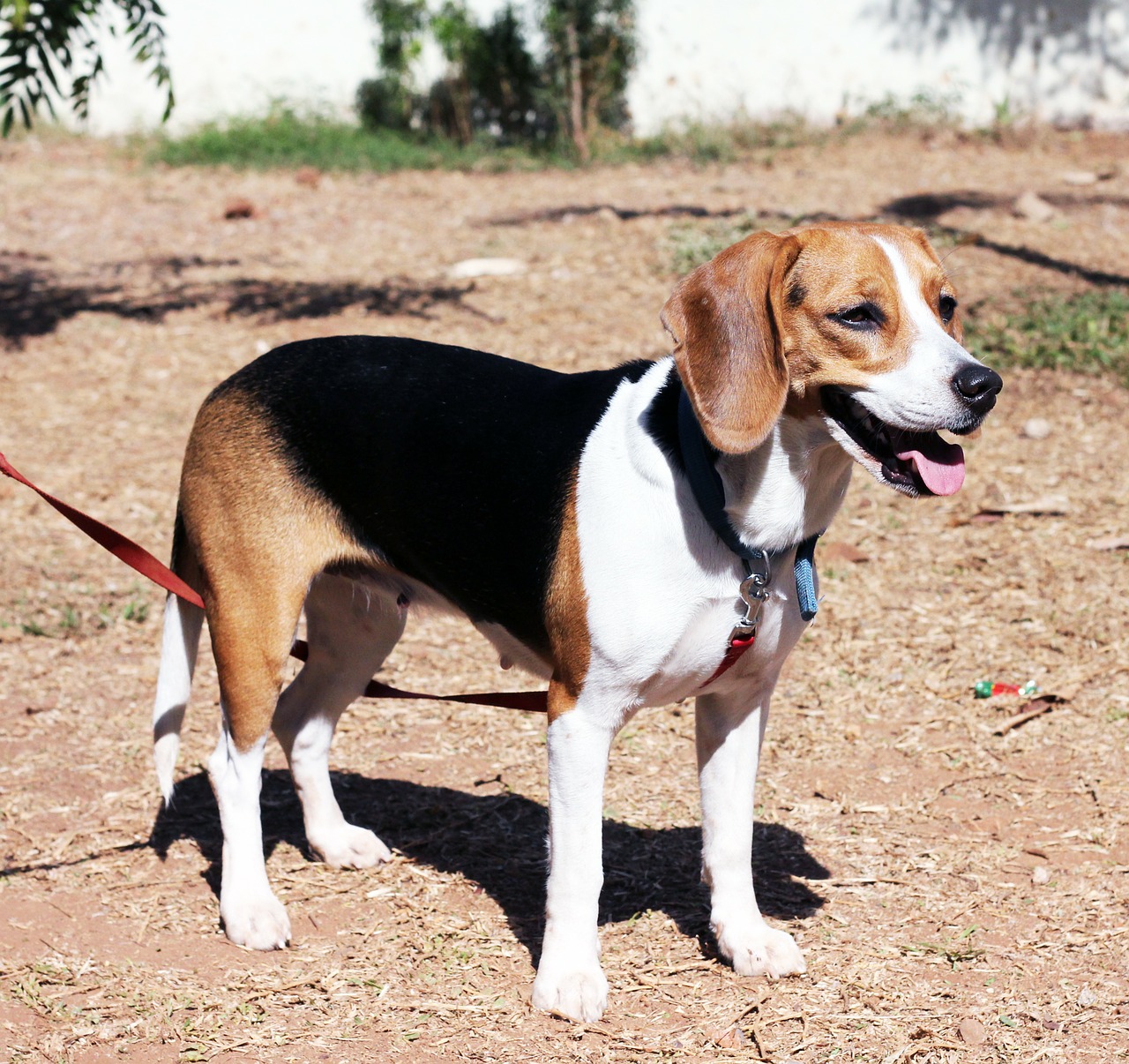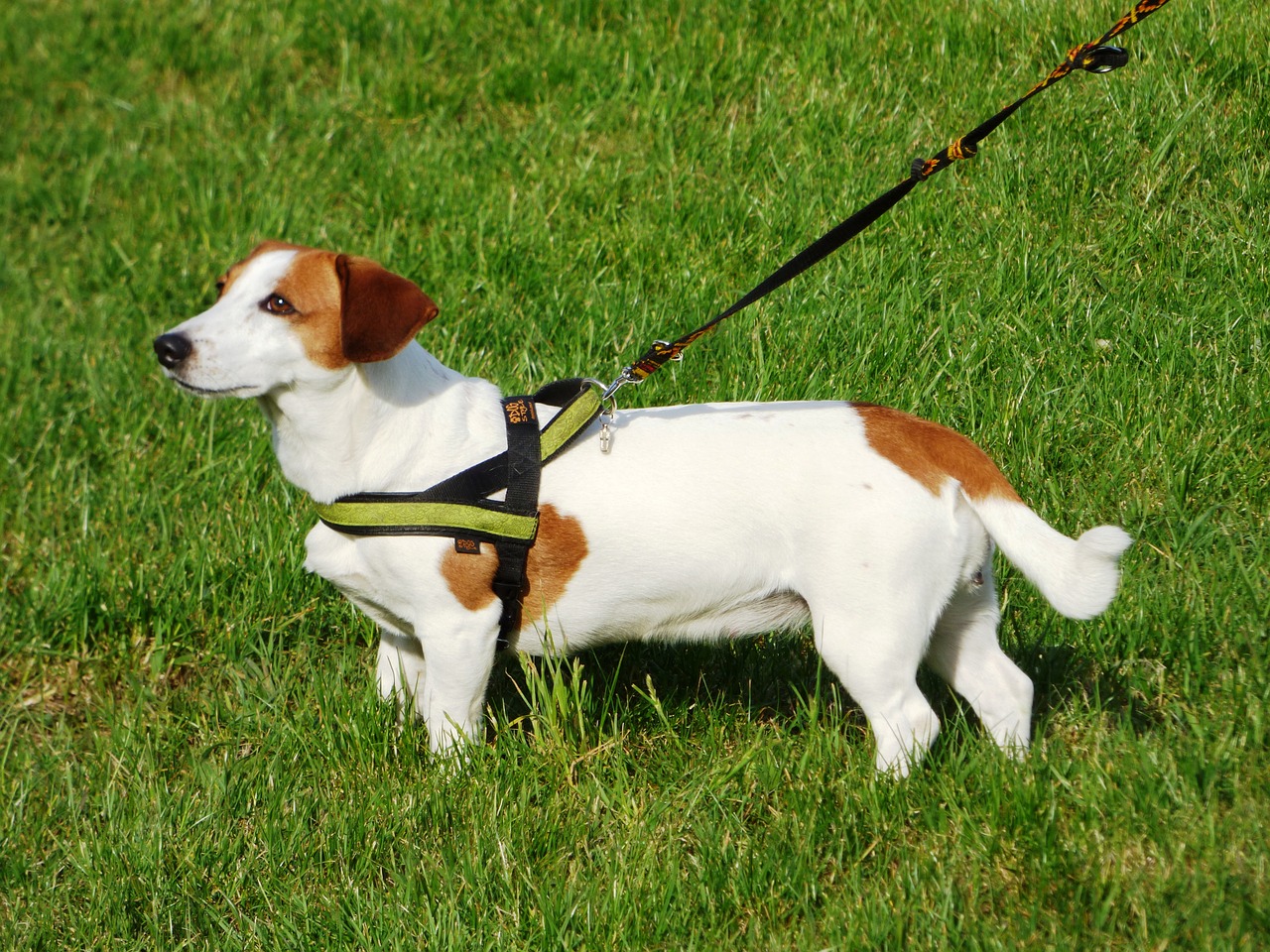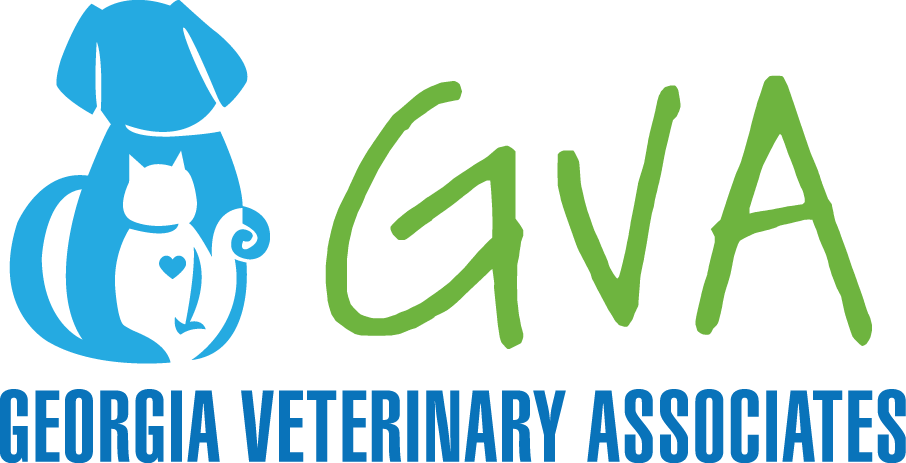A leash is a leash is a leash, right? Wrong!
If your pup’s on a less-than-ideal lead, you may actually be encouraging pulling or even hurting your dog. Use this guide to find the correct fit for your canine and start off on the right paw with leash training classes.
Simple leash and collar: Many dogs actually do well on a traditional collar and leash. If your dog is easygoing and obedient, a simple leash may be all you need. Keep in mind, however, that the dog’s collar should fit comfortably tight around the neck. It should not be so tight that it chokes the dog, but it should not be so loose that he/she can easily slip out of it, either. This is especially important for very young or very strong dogs.

Slip leash and collar: This type of leash tightens when you tug on it and prevents the dog from backing out of the collar. A slip leash and collar can also be placed higher around the neck for more head control. Slip leads are great for puppies and young dogs learning to walk on a leash, strong dogs and little furry escape artists.
Full-body harness: A full-body harness works best for dogs that have a sensitive or collapsing trachea, as this type of leash does not put any pressure on the neck of the dog. It is also a great option for brachycephalic breeds, like pugs and Boston terriers. Unfortunately, the full-body harness also allows the dog to pull more comfortably (think sled dog) and actually encourages tugging. For this reason, harnesses are not ideal for larger dogs or those prone to pulling.

Gentle Leader: The Gentle Leader looks a bit like a muzzle and is, in fact, often mistaken for one. This type of leash fits over the muzzle of the dog to discourage pulling. It also acts to calm the dog as the pressure on the top of the nose is a maneuver used in wild dogs and wolves to assert dominance. Gentle Leaders are especially helpful for puppies and dogs prone to pulling.
Choke chain: Choke chains with prongs should only be used when you and your dog are under the supervision of a dog trainer. If the chain is too tight, it can injure the skin on your dog’s neck or even damage deeper structures within the neck. We do not recommend this type of collar.
Need advice on what type of collar to use with your dog? Contact us to make an appointment!
